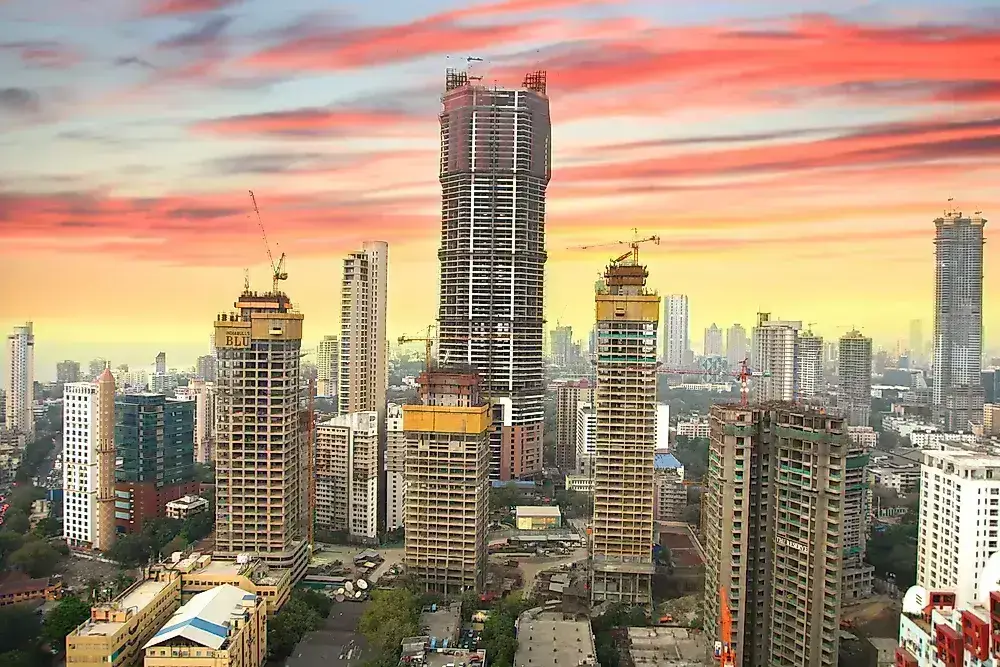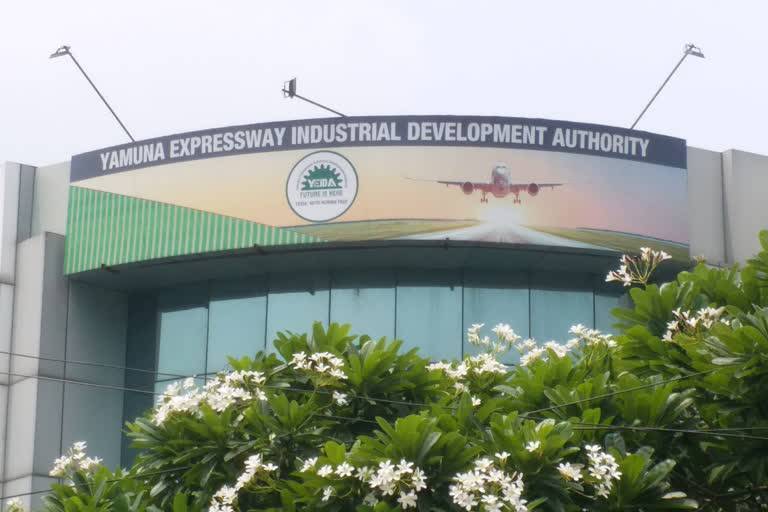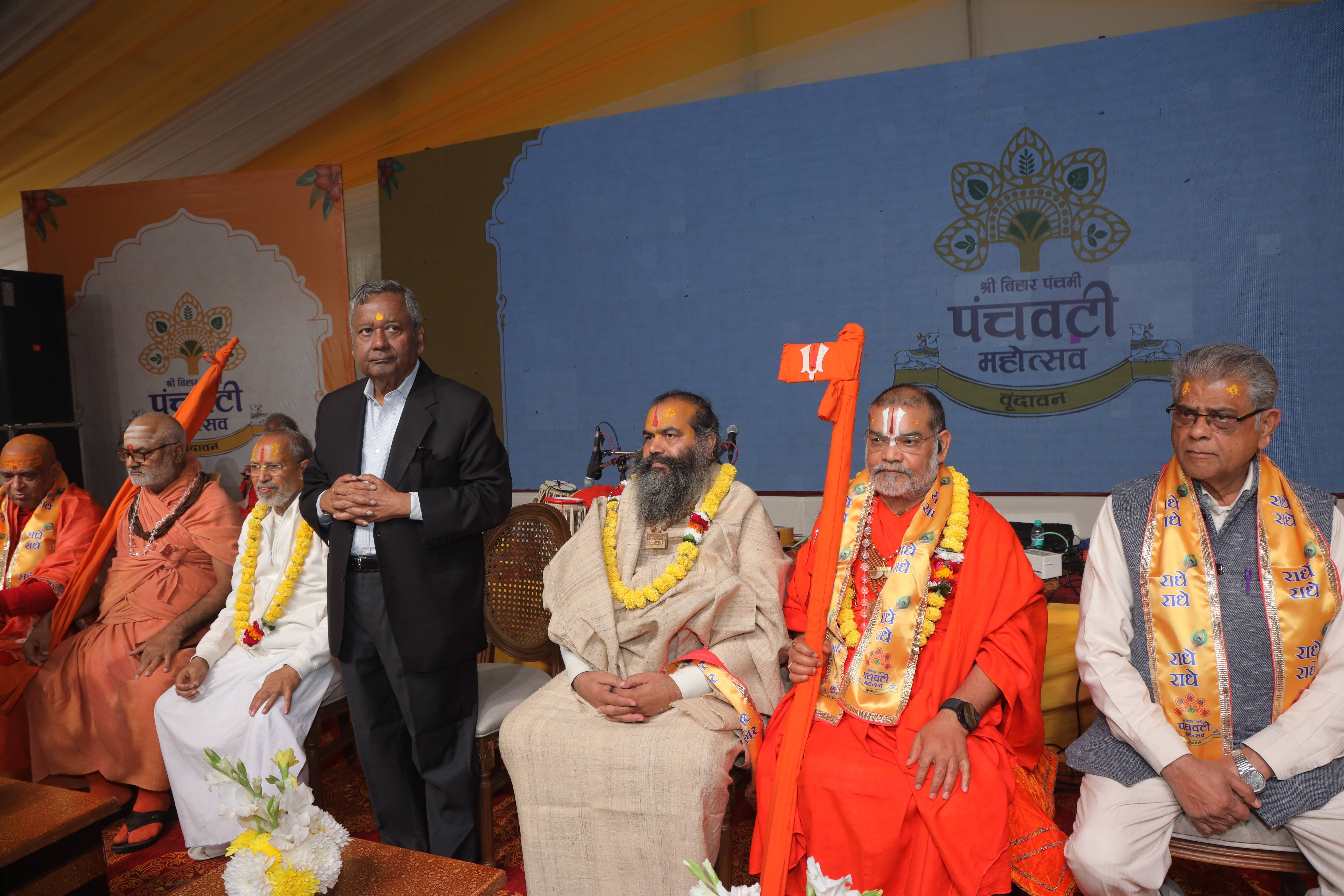Zayd Noaman, president of Credai Bengaluru, has proposed adopting a redevelopment strategy similar to Mumbai’s to help tackle the growing land challenges in Bengaluru. This suggestion is particularly relevant given the rising land prices and the difficulties developers face in acquiring land within the city’s prime locations. Bengaluru, often referred to as India’s IT capital, shares a significant issue with Mumbai: the presence of many old buildings that are ripe for redevelopment. These aging structures present an opportunity to unlock valuable land and drive forward the city’s real estate growth.
According to Noaman, many buildings in Bengaluru are between 30 to 50 years old, and a large portion of these buildings are underutilized. By redeveloping these older structures, the city could open up new land for development. This process, Noaman suggests, would not only benefit developers but also provide a substantial revenue boost to the government. He pointed out that redevelopment policies in Mumbai have been effective and should serve as a model for Bengaluru’s growth. However, he also acknowledged that implementing such a policy in Bengaluru will take time, as it involves creating new laws, building public consensus, and engaging with policymakers.
Land acquisition in Bengaluru's city center has long been a challenge, with most available plots either being fully developed or priced out of reach. Noaman explained that residential development in central Bengaluru is increasingly difficult due to the prohibitively high costs of land. As such, he predicts that future real estate developments in these areas will likely be commercial or office projects. For residential projects to be financially viable in these prime locations, they must be of exceptional quality to justify high rents or sale prices.
Noaman stressed the importance of beginning the redevelopment process sooner rather than later. He believes that if cities like Mumbai can successfully implement redevelopment strategies, there’s no reason why Bengaluru cannot follow suit and achieve similar success. Without early action, Bengaluru risks missing out on valuable opportunities to address its growing land scarcity.
Credai Bengaluru is actively collaborating with local policymakers, including those in the Bruhat Bengaluru Mahanagara Palike (BBMP), to push for a tailored redevelopment framework for the city. This collaboration also extends to efforts aimed at streamlining land record systems. Noaman pointed out that Credai is promoting the adoption of digital platforms like the e-Khata system to make land transactions more transparent and accessible. This initiative is aligned with Credai’s broader goal of improving the efficiency and transparency of land records, particularly by encouraging blockchain technology and enhancing land title verification processes.
While the integration of the new system may cause some disruptions initially, Noaman believes that progress is being made steadily. Credai is working with the BBMP to ensure the timely issuance of e-Khatas for large developers, so that these can be seamlessly transferred to homebuyers during property registration. The streamlined process is expected to improve the overall efficiency of property transactions.
Beyond redeveloping old buildings, Noaman emphasized the importance of improving Bengaluru’s urban infrastructure to support sustainable development. In collaboration with the Bangalore Water Supply and Sewerage Board (BWSSB), Credai is working on initiatives to improve water usage efficiency in construction and residential societies. One proposal involves installing digital water meters in residential apartments to allow residents to monitor their water consumption in real-time. Additionally, Credai advocates for flood-resilient planning in urban development, including respecting buffer zones and maintaining stormwater drains to mitigate flood risks. Developers like Prestige have already taken steps to upgrade stormwater systems, enhancing water flow and reducing flood risks.
While Bengaluru’s central areas are saturated, Noaman sees significant potential in the city’s peripheral regions, which still offer large tracts of land for development. However, he emphasized that in order for these regions to become more livable, there needs to be significant investment in infrastructure, particularly in metro and road connectivity. Once these infrastructure challenges are addressed, Bengaluru’s outer zones could accommodate large-scale residential and commercial developments, providing ample opportunities for growth.
Mr. Noaman’s vision for Bengaluru's real estate future hinges on adopting successful strategies from cities like Mumbai, embracing technological solutions to streamline land records, and addressing key infrastructure challenges. By taking proactive steps toward redevelopment and infrastructure improvement, Bengaluru can unlock the potential of its aging buildings and peripheral regions, creating a more sustainable and efficient real estate environment.
Image source: worldatlas.com









.png)